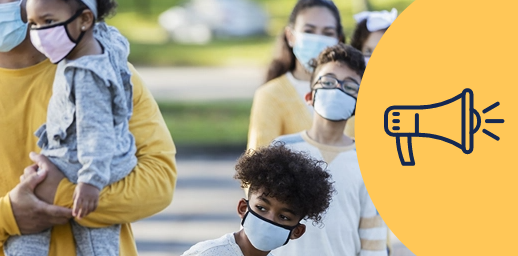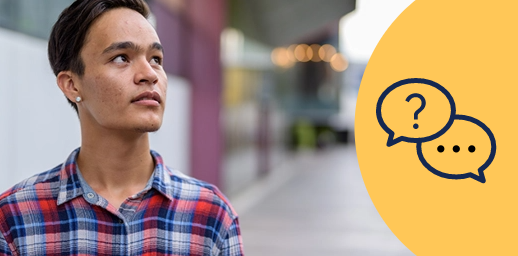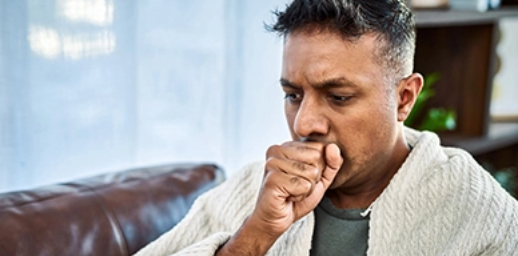What is Long COVID?
Building our understanding of recovery
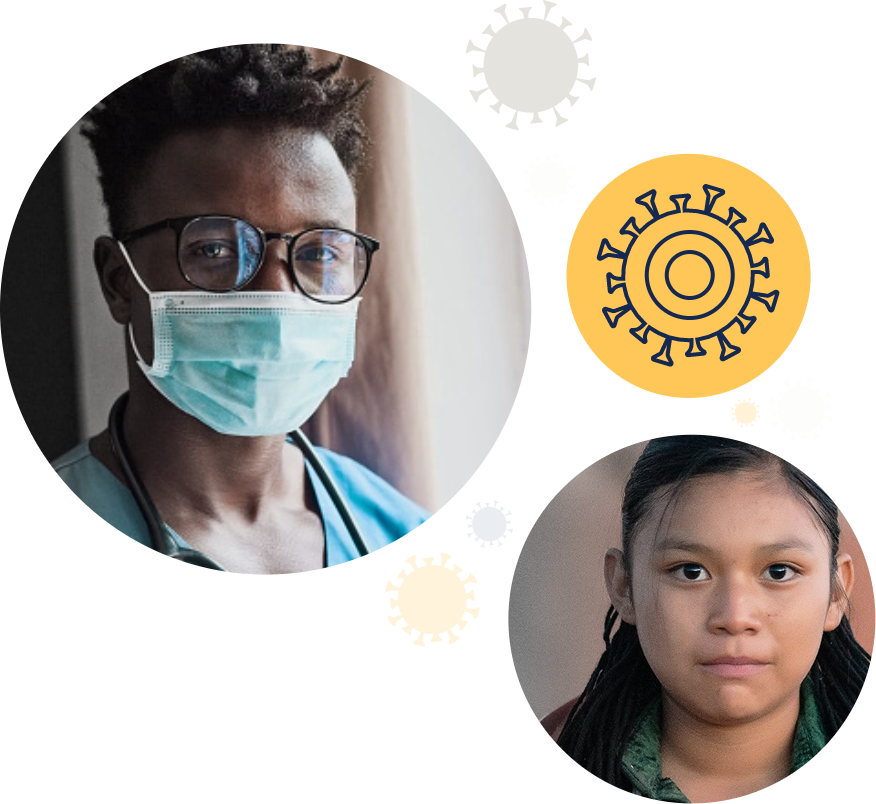
Long COVID is real. Many people have symptoms and health problems for months or even years after getting COVID-19. Patients and their families often call this condition Long COVID, and doctors and scientists may refer to it as post-acute sequelae of SARS-CoV-2 (PASC).
If you have Long COVID, you're not alone. The National Institutes of Health (NIH) and the RECOVER Initiative are committed to learning more about the long-term effects of COVID so we can understand, diagnose, prevent, and treat them.
As we learn more about Long COVID, we'll update the information on this page.
Learn About Symptoms
The long-term effects of COVID may be different for everyone. They can affect many different parts of the body, such as the brain, heart, and lungs. People who have Long COVID can also have many different kinds of symptoms. These symptoms may come and go, and they may last for a few months or longer.
Over 200 symptoms of Long COVID have been reported in many different studies. Some common symptoms of Long COVID include:
-
Coughing or feeling short of breath

-
Loss of smell or change in taste
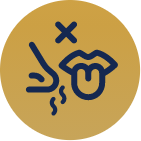
-
Fever

-
Body aches, headaches, chest pain, or stomach pain
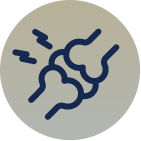
-
Brain fog (feeling like you can't think clearly)

-
Having trouble sleeping

-
Feeling very tired
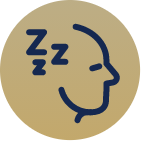
-
Mood changes

and counting
Learn more about Long COVID:
- Visit the Centers for Disease Control and Prevention’s (CDC) Long COVID webpage.
- Check out the RECOVER fact sheet about how Long COVID can affect children (PDF, 210 KB).
- Explore how the Agency for Healthcare Research and Quality (AHRQ) supports Long COVID patients and their healthcare providers.
- Learn more about the
working definition of Long COVID
developed by National Academies of Sciences, Engineering, and Medicine (NASEM).
- Fact sheet (PDF, 237 KB; also available in Spanish, French, Portuguese, Korean, Vietnamese, and Chinese)
- Infographic (PDF, 76 KB)
What We Know
Many people experience symptoms long after they get COVID.
The symptoms of Long COVID may begin at different times for different people.
Some people start feeling sick when they get COVID and continue to have symptoms for months.

Other people start having new symptoms weeks or months after their first symptoms of COVID go away.

Some people don’t have any symptoms when they get COVID but start having symptoms weeks or months later.

Long COVID symptoms can start at different times after a COVID-19 infection and affect people for different amounts of time.

Some people start feeling sick when they get COVID and continue to have symptoms for weeks or months.


Other people start having new symptoms weeks or months after their first symptoms of COVID go away.


Some people don’t have any symptoms when they get COVID but start having symptoms weeks or months later.


Long COVID symptoms can start at different times after a COVID-19 infection and affect people for different amounts of time.


You can have Long COVID even if you were never diagnosed with COVID. For different reasons, some people don’t get an official COVID diagnosis from a doctor. But even people who never knew they had COVID can experience symptoms associated with Long COVID.
What We're Working to Learn
What We're
Working to
Learn
RECOVER is making progress every day to understand, diagnose, treat, and prevent Long COVID. RECOVER research aims to:


How You Can Help
Participate in a study
We’re looking for people across the country to participate in clinical trials testing the effectiveness and safety of treatments for Long COVID symptoms. If you choose to participate in a RECOVER clinical trial, here’s what to expect:
- You will receive treatment for Long COVID. That may mean you take medication or do some kind of therapy that is meant to help with Long COVID symptoms.
- Depending on the trial, you may join a control group. This group helps researchers compare how different trial treatments affect participants’ health. Members of this group might receive a placebo (a treatment that looks like the treatment being studied but which should have no affect on a person’s health, or they might receive typical health care services but no additional treatment.
- You will share health data and samples of your blood, stool (poop), and nose fluid, called biospecimens, with researchers.
- You will receive compensation for participating in these studies.
Find more answers to frequently asked questions (FAQs) about partipating in RECOVER clinical trials.
Help identify promising treatments
Today, there are no approved drugs, devices, or other therapies to treat Long COVID or its symptoms. This has left millions of patients suffering and waiting for answers.
- NIH invites the Long COVID community to help inform RECOVER-Treating Long COVID (RECOVER-TLC), the next phase of RECOVER clinical trials. Patients, caregivers, healthcare providers, and researchers can use an online portal to submit information about drugs, devices, and other interventions (therapies) that could help improve the health of people affected by Long COVID.
- Patients, caregivers, healthcare providers, and researchers can also share ideas about biomarkers, or measurable signs (like a blood test result) that someone has or may develop Long COVID, to be used in designing RECOVER-TLC clinical trials.
- In addition to testing 13 possible treatments across 8 RECOVER clinical trials, NIH has partnered with the FDA to include Long COVID in CURE ID. CURE ID is an online platform that allows patients, caregivers, and healthcare professionals to share how they’re using existing drugs in new ways to find safe and effective treatments for hard-to-treat diseases. Visit CURE ID to learn how you can share your own treatment experiences, explore the Long COVID symptoms and treatments others are reporting, and participate in discussions.
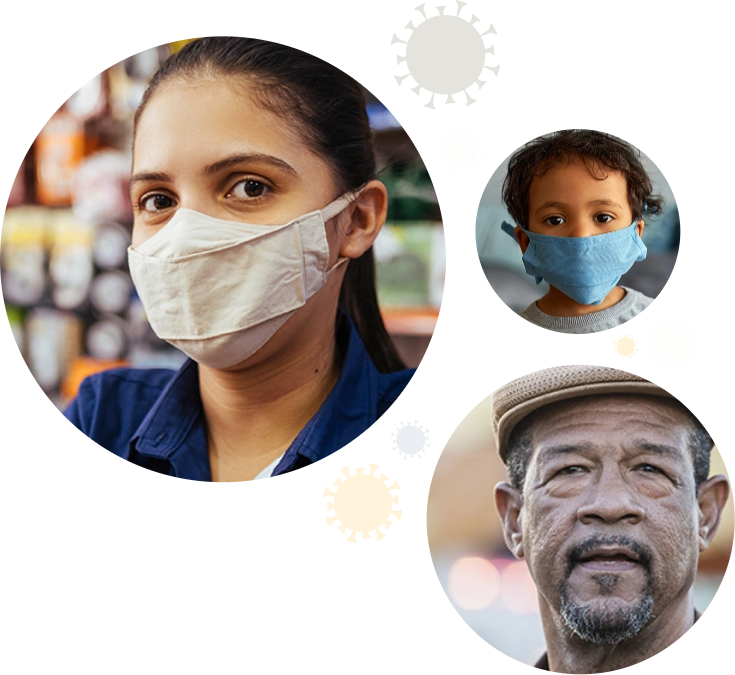
Keep Learning
Read more about the RECOVER Initiative:
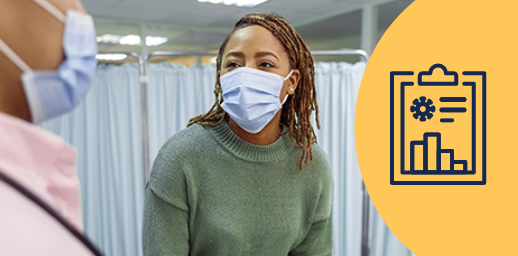
Read about the steps RECOVER researchers are taking to understand, diagnose, prevent, and treat Long COVID.

Learn more about RECOVER’s most recent Long COVID discoveries and progress.
Explore other resources:
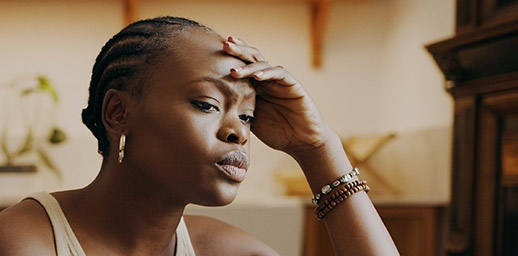
Learn more about disability coverage for Long COVID under the Americans with Disabilities Act (ADA).
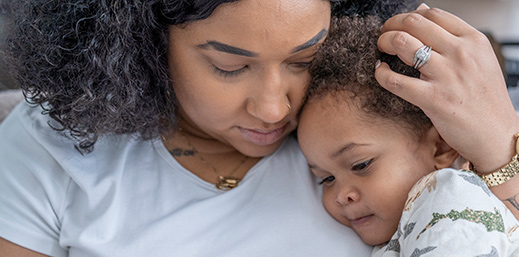
Explore the NIH’s research to understand COVID-19’s impact on children’s health.
